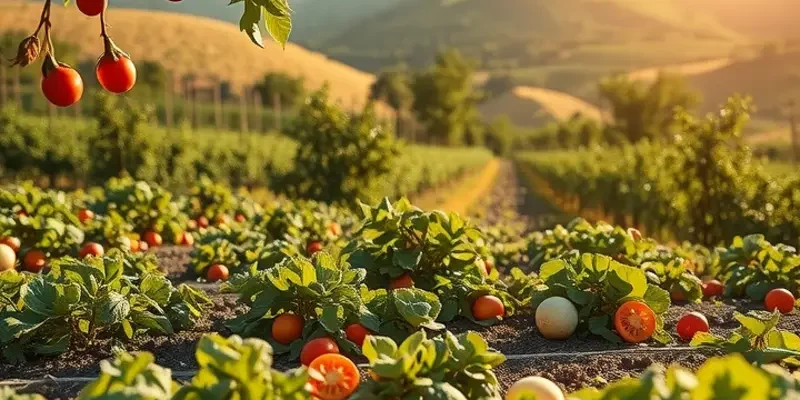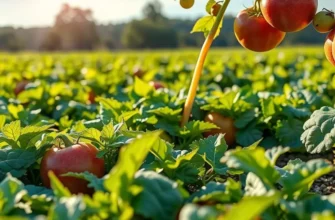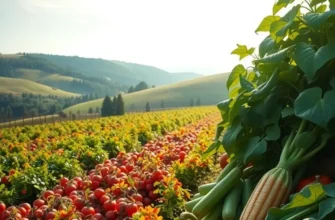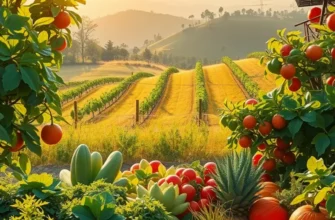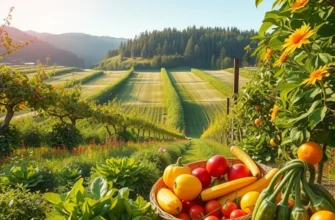Pickling not only enhances flavors but also preserves food for longer periods. Understanding the shelf-life of pickled foods can significantly impact your food management at home. By learning how to store these delectable delights safely, you not only minimize waste but also enjoy their vibrant tastes throughout the year. Let’s dive into practical, friendly tips on how to manage your pickled foods and ensure they remain safe and delicious.
Understanding Pickling and Its Impact on Shelf-life

Pickling is an ancient method of food preservation that harnesses a chemical process involving acid to prolong shelf-life. At its core, pickling immerses foods in an acidic solution, typically vinegar or brine, which creates an environment hostile to microbial growth. This protective acidic layer prevents spoilage, keeping the food safe to consume over extended periods.
The science behind pickling relies heavily on osmosis and fermentation. When foods submerge in a pickling solution, osmosis causes water to move out of the food, allowing the acidic solution to penetrate. This not only infuses the product with flavor but also initiates fermentation. In the case of fermented pickles, beneficial bacteria, such as lactobacillus, thrive, outcompeting harmful bacteria and acting as natural preservatives.
Several key factors influence the shelf-life of pickled foods. First, the acidity level is paramount. The pH level of the pickling solution should remain below 4.6, as this is the threshold at which most bacteria and molds can grow. Maintaining this acidity is crucial for ensuring the pickled items remain safe and flavorful.
Another critical component is salt concentration. Salt not only enhances flavor but also acts as a preservative by drawing moisture out of the food, aiding in osmosis, and hindering microbial proliferation. The correct balance of salt and acid is necessary for effective pickling.
The type of food being pickled also affects its longevity. Hard vegetables like carrots and cucumbers often have a longer shelf-life once pickled, compared to softer fruits, which may break down faster in the acidic environment. Additionally, proper sealing and storage in a cool, dark place can significantly extend the lifespan of pickled goods.
Storage environments play a significant role. Pickled products last longer when stored in cool, stable conditions. Avoiding excessive heat and light helps preserve flavor and prevent spoilage. Airtight seals are also crucial to protect against air exposure, which can lead to mold growth and fermentation spoilage.
Pickling jars and utensils should be immaculately clean before use to avoid contamination. Even a small amount of leftover food residue or bacteria can interfere with the pickling process, leading to spoilage. Ensuring jars and lids are sterilized can help mitigate this risk.
Knowing when a pickled product has expired is equally essential. Changes in color, texture, or an off-smell are indicators of spoilage. Bubbles or bulging lids suggest improper sealing or fermentation issues. Trusting these sensory cues can help avoid consuming unsafe pickled items.
Lastly, understanding the interplay between preservation methods and pickling opens doors to sustainable storage practices. Learning to pick and store efficiently contributes significantly to minimizing food waste, emphasizing the importance of detailed eco-smart kitchen storage. By mastering these principles, not only do you enjoy flavorful pickled products, but you also promote a more sustainable kitchen.
Best Practices for Storing Pickled Foods
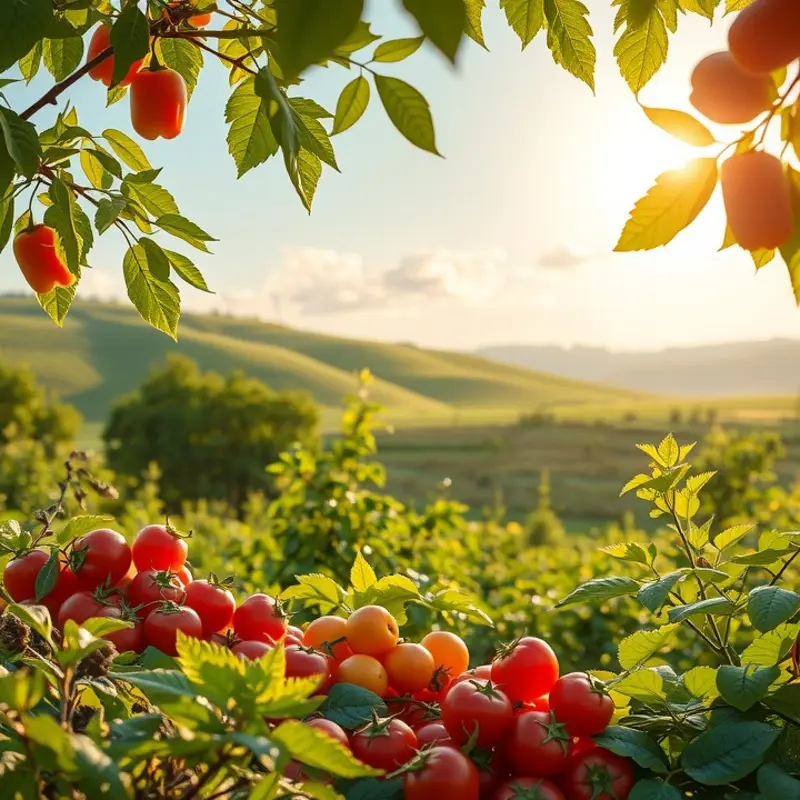
When it comes to storing pickled foods, a few strategic approaches can vastly improve their longevity. First and foremost, selecting the right jar is crucial. Opt for glass containers with airtight seals, as they prevent exposure to air, which can diminish both the taste and safety of your pickled goods. Reused jars are fine, but ensure they are free of cracks and have intact lids.
Temperature also plays a significant role in storage efficiency. Ideally, pickled foods should be kept in a cool, dark place. A pantry or cupboard away from direct sunlight is perfect. If space allows, a refrigerator can extend the shelf life even further, particularly for opened jars. Consistent temperatures help prevent spoilage; fluctuations can accelerate the degradation of the pickles’ quality.
Visibility is another important aspect often overlooked. Keep your pickled jars at eye level in your storage area. This not only aids in inventory management but also minimizes the chances of forgetting the lurking jar in the back. Implementing a simple labeling system with dates can help keep track of their freshness.
Transitioning to eco-friendly storage practices can also preserve pickled foods while contributing to sustainability. Consider checking out eco-smart kitchen storage suggestions to align your storage methods with environmentally safe practices.
Minimizing waste starts with rotation. Adopt a ‘first in, first out’ system to use the oldest jars first. This practice prevents older pickles from lingering past their prime. Also, avoid storing your pickles near high-risk items like raw meats, which can lead to cross-contamination if not properly contained.
In terms of material, choose glass or stainless steel over plastic, which can absorb odors and stains, affecting taste over time. Additionally, plastic can degrade and leach chemicals, thus negatively impacting food safety.
Finally, resist the temptation to open multiple jars at once unless they’re meant for immediate consumption. Oxygen exposure after opening can quickly shorten their lifespan. By employing these storage practices, you can ensure that your pickled foods stay safe, tasty, and enjoyable while minimizing waste effectively.
Final words
Understanding the shelf-life of pickled foods is essential for anyone looking to enhance their kitchen skills while minimizing waste. Proper pickling methods and careful storage can increase the longevity of your favorite foods, allowing for year-round enjoyment. Remember to check for signs of spoilage and adhere to recommended storage conditions. With these strategies in hand, you can master the art of pickling and turn your kitchen into a hub of preserved flavors that are always ready to complement meals, snacks, or gatherings. Start enjoying your pickled creations today and elevate your food management game!

